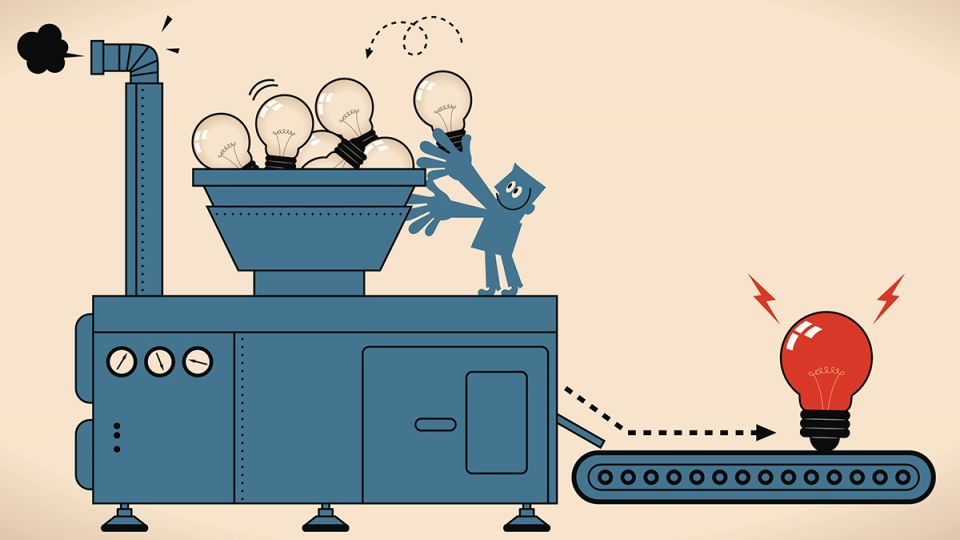Never miss a story — sign up for PLANSPONSOR newsletters to keep up on the latest retirement plan benefits news.
Repositioning Financial Wellness and Retirement Benefits for 2021
Employers are looking to the new year with hopes for a stronger 2021, both for their businesses in general and for their retirement plans.
While COVID-19 has been the dominant force affecting nearly every aspect of life this year—including retirement plans—expert sources say retirement plan legislation, litigation, education and a push for diversity in and outside of plans were the other big takeaways of this year for the industry, as well as what will shape financial wellness going into the new year.
Jim Scheinberg, managing partner, founder and chief investment officer (CIO) at North Pier Search Consulting, says many of the new terms and plan features from the Coronavirus Aid, Relief and Economic Security (CARES) Act had a big effect on employers and their participants, especially for those in the hospitality and travel workforces. Some employers opened up their plans to allow participants to take out larger distributions or loans to help them with any financial hardship they faced as a result of the coronavirus pandemic.
And, depending on the outcome of the presidential election in November, Mike Swann, client portfolio manager at SEI Institutional Group, says employers may see new legislation similar to the CARES Act and the Setting Every Community Up for Retirement Enhancement (SECURE) Act.
Swann also says recent litigation targeting Employee Retirement Income Security Act (ERISA) plans with accusations of alleged imprudent investment options during the height of market volatility in March and April could have a big impact on retirement plans. Not only has there been an increase in the number of ERISA plan litigation lawsuits, but there has also been a rise in activity from plaintiff attorneys actively soliciting clients, Swann says. He notes that most of these cases end up in settlements.
“The case law is fairly shallow because many of the cases end up being settled,” he says. “They don’t get to the discovery or pleading phase. At some point, someone will take a stand, but that’s been an area where it’s easy for a plaintiff’s attorney to get a settlement, and that’s going to create a larger number of cases.”
To avoid litigation, experts encourage employers to keep an eye on plan investments, examine their fiduciary processes for risk and seek guidance from an investment adviser. Scheinberg recommends employers contemplate repricing exercises or evaluate whether the plan is priced appropriately. Some advisers may even initiate a cost analysis for clients concerned with opaque investments.
“The change in demographics may have changed meaningfully, and, for those with asset-based pricing, any changes in plan assets could have a meaningful impact if the market were to head down again, especially if they’re mispriced,” Scheinberg says.
Employers should also assess whether their current plan model is appropriate or if outsourcing some of their fiduciary liability through a 3(38) investment manager would make sense, Swann says. “ERISA plan litigation isn’t just here to stay, but it will most likely grow. Plan sponsors should determine how exposed they are to risk,” he adds.
Scheinberg also suggests employers initiate partial terminations if they’ve had significant staff reductions, typically defined by cuts of 20% or more. Employers can seek advice from their adviser, recordkeeper, plan administrator or ERISA counsel, or pursue guidance from a combination of those sources.
The coronavirus pandemic and its effects have also highlighted the importance of financial wellness education. A survey by Bank of America recently reported that fewer workers feel good or excellent about their financial wellness. Forty-nine percent of employees said they were happy with their financial wellness this year, compared with 61% in 2018.
“Plan sponsors are starting to understand the anxiety that their employees are facing,” explains Stan Milovancev, executive vice president at CBIZ Retirement Plan Services. “The pandemic has highlighted that these workers have a lot of financial stress, and that stress affects mental health, physical health and any other relationship in their lives.”
Ed Farrington, executive vice president with Natixis Investment Managers, says it’s important for plan sponsors to continue to have good communication and education within the employee base as they look to next year. For example, if a plan sponsor offers an employer match contribution, communicate what that match means for workers, Farrington says. Plan sponsors should also consider implementing options such as automatic enrollment if that’s not already an option in the plan.
“It’s these small plan features that should be on everyone’s mind that will recreate this sense of wellness,” says Farrington. “These are all things you can do without tremendous overhaul of the plan.”
Milovancev urges employers to select retirement planning and financial wellness tools, features and professionals now instead of in the future, in the case of another coronavirus wave. “I would tell my clients to not forget how you and your employees felt a couple of months ago. Just because things calmed down a bit, use this time to prepare for a stronger 2021,” he states. Understand who is going to help you in the longer term. Who is going to help your employees, and how are they going to help your organization be more successful? Maybe it’s your recordkeeper or adviser, but there are tools out there to help you make a good, informed decision to help your employees.”
As diversity and inclusion develops into a core topic for 2021, Farrington urges employers not only to diversify the plan’s investments, but also to diversify the committee as well. “What we know from many studies throughout the world is that companies with diverse boards, diverse executives, diverse management teams and diverse teams in general tend to perform better and they tend to attract and retain talent,” he notes. “Make sure you’re getting the opinions of your entire employee bases. That will reflect in your plan and how it is designed.”



